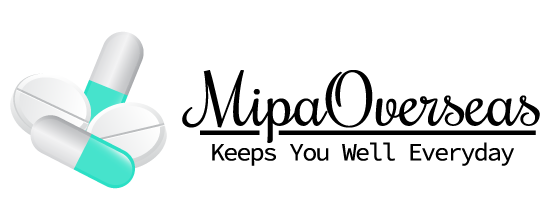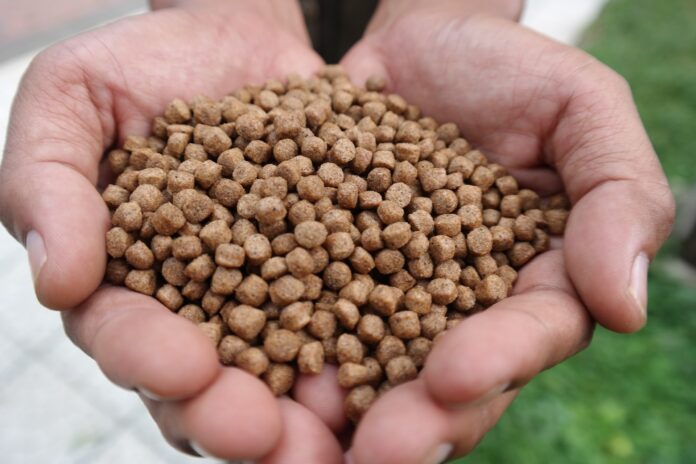Mipa Overseas provide Floating Fish feed which specialized food formulated to meet the nutritional needs of various species of fish reared in aquaculture systems, including freshwater and marine environments. The composition of fish feed varies depending on the species being raised, its life stage, and the production system (e.g., pond, tank, cage).
Fish Species Suitable for Floating Feed
Tilapia (Omnivorous) – Commonly uses floating feed
Catfish (Omnivorous) – Prefers floating pellets
Carp (Omnivorous) – Accepts both floating and sinking
Pangasius (Omnivorous) – Accepts both types
Trout (Carnivorous) – Needs high-protein feed
Ornamental Fish (Omnivorous) – Fed floating flakes or pellets
Our Floating Feed Production Process :
- Grinding – Raw materials ground into fine powder
- Mixing – All ingredients blended uniformly
- Conditioning – Moisture or steam added
- Extrusion – High-pressure cooking forms floating pellets
- Drying – Moisture reduced to 8-10%
- Coating – Optional spraying of oils or attractants
- Cooling & Packaging – Cooled and packed
Feed Pellet Sizes by Growth Stage
Fry – Powder / Crumble
Fingerling – 1-2 mm
Juvenile – 2-4 mm
Adult – 4-8 mm
However, Our fish feed typically consists of the following components:
- Protein Sources:
- Fish meal: A high-quality protein source made from ground-up fish and fish by-products. It is highly digestible and rich in essential amino acids. for the %CP We are flaxible to customise Protein contant as per customer requirments
- Soybean meal: A plant-based protein source commonly used to partially replace fish meal in fish diets.
- Other protein sources: Can include poultry meal, shrimp meal, krill meal, and insect meal.
- Carbohydrate Sources:
- Grains: Wheat, corn, rice, and barley may be included in fish feed formulations to provide energy.
- Wheat germ: Often included in feeds for cold-water fish species due to its high energy content.
- Lipid Sources:
- Fish oil: A rich source of omega-3 fatty acids, essential for fish growth and health.
- Vegetable oils: Canola, soybean, and palm oils are commonly used to provide additional energy and essential fatty acids.
- Vitamins and Minerals:
- Essential for fish growth, reproduction, and overall health. Premixes containing vitamins and minerals are added to fish feeds to ensure balanced nutrition.
- Common additives include vitamin A, D, E, and B vitamins, as well as calcium, phosphorus, and trace minerals like zinc, copper, and selenium.
- Additives:
- Antioxidants: Added to prevent oxidation and rancidity of lipids in the feed.
- Pigments: Natural or synthetic pigments may be included to enhance the color of fish flesh, particularly in species like salmon and trout.
- Binders and anti-caking agents: Used to improve pellet durability and prevent feed from becoming powdery.
- Functional Additives:
- Probiotics and prebiotics: Included to promote gut health and improve nutrient absorption.
- Enzymes: Added to enhance the digestibility of feed ingredients and improve feed efficiency.
- Feed Pellet Binders:
- Ingredients such as starches, gums, or proteins are used to bind the feed ingredients together into pellets.

